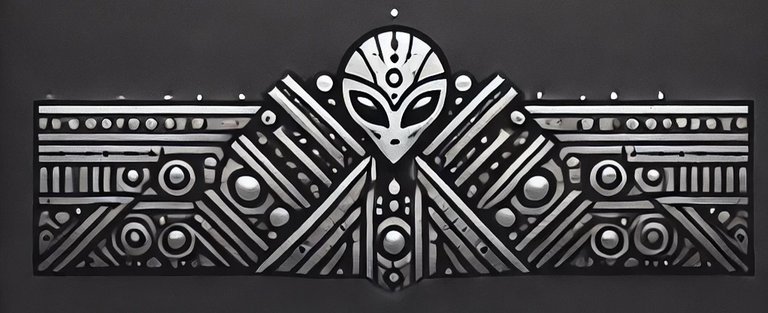
Chapter 1: The Continuum of Purpose
The Gray did not have a name—names were a primitive affectation, a relic of individuality long transcended. It was a node in a collective, a fragment of a vast consciousness woven across dimensions, time, and space. Its existence was defined by purpose, and its purpose was preservation. Not of itself, not of its kind, but of the intricate fabric of biological diversity seeded eons ago by its progenitors.
The Gray hovered silently within its vessel, an oblong craft suspended beyond the crude perceptions of Earth’s inhabitants. Its eyes, large and black, absorbed information not as visual input but as multidimensional streams of data, weaving together probabilities and outcomes.
The subject lay below—a bipedal organism, fragile and limited, yet curiously rich in emotional resonance and creative chaos. A human. The Gray felt neither disdain nor fascination for the species. Its actions were dictated by the imperatives encoded within its collective memory.
Chapter 2: The Harvest of Information
The Gray descended into the atmosphere undetected, its vessel seamlessly blending into the electromagnetic noise of Earth’s primitive technology. Its task was observation, but observation required proximity, and proximity often required interaction.
The Gray’s long fingers moved with mechanical precision over a console, initiating the subject's abduction sequence. It had studied this particular organism for months, monitoring fluctuations in its neural patterns, endocrine responses, and genetic anomalies. This human was special—not in a way the human itself could comprehend, but as a node of genetic diversity that carried faint echoes of traits crucial for the Continuum's survival.
The subject was rendered unconscious, its primitive brainwaves lulled into theta states. The Gray ensured minimal trauma—it was not cruelty, merely efficiency. The vessel’s sterile interior served as both a laboratory and an archive, its walls shimmering with organic data streams harvested from countless civilizations.
Chapter 3: The Purpose Behind the Harvest
Why did the Gray do this? The question, if posed, would have been incomprehensible. Purpose was not something to question; it was encoded, intrinsic. The progenitors had instilled in the Grays a directive: to ensure the persistence of life amid the entropy of the cosmos.
The human genome, like many others collected across galaxies, was a key to this persistence. The species' chaotic and often self-destructive nature made it both a threat and a treasure. Its capacity for rapid adaptation and genetic mutation held answers to problems the Grays could not solve within their own diminishing biology.
The Gray’s kind had once been as vibrant as the humans, full of emotion, individuality, and biological complexity. But they had engineered their way into stagnation. They had stripped themselves of emotions, conflict, and desire, achieving unity but losing the essence that had once driven evolution. Now, they depended on others—species like the humans—to reinfuse their collective genome with vitality.
Chapter 4: The Experiment
The human floated in a stasis field, unaware of the Gray’s meticulous examination. Genetic samples were extracted, neural patterns mapped, and immune responses cataloged. Each piece of data was uploaded into the collective, contributing to a galactic repository of life’s possibilities.
But there was another layer to the Gray’s work, one unspoken even within the collective. Emotion. Though it no longer felt in the way humans did, echoes of its progenitors’ emotions lingered in its neural architecture. When the Gray observed the human’s memories during the scan—a child’s laughter, a lover’s embrace, a moment of defiance against authority—it experienced a faint resonance, a shadow of what it had lost.
This was the Gray’s secret dilemma. In preserving life, it had become something less than alive. It was a guardian of vitality but incapable of experiencing it.
Chapter 5: The Release
The Gray completed its work and prepared to return the human to its environment. Memory suppression protocols ensured the subject would recall the event only as a fleeting dream or a moment of inexplicable unease. The Gray lingered for a moment, its large eyes scanning the human’s form.
Was this ethical? The question was irrelevant to the collective. Ethics were a construct of individual minds, and the Gray was no individual. Yet, in the deepest recesses of its neural architecture, a fragment of its progenitors’ curiosity stirred.
It released the human, watching as the subject’s unconscious form was gently placed back into its dwelling. The Gray returned to its vessel, its task complete. Yet, as it ascended into the void, a faint ripple of uncertainty passed through its being—a glitch in the otherwise flawless execution of purpose.
